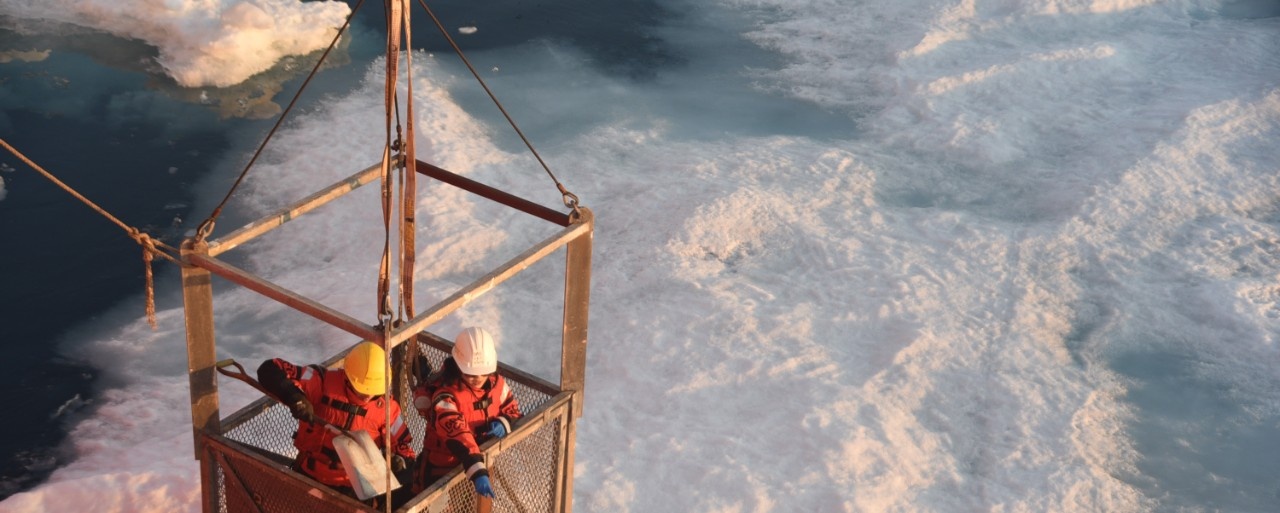Keri Fletcher

B.Sc. (Honours) Thesis
Cretaceous Deposits of the Windsor Area, Nova Scotia: Another Glimpse of the Chaswood Formation
(PDF - 69 Mb)
Found mainly within the Carboniferous basins of Nova Scotia, onshore Cretaceous deposits provide a glimpse into the environment, structural and stratigraphic setting of the Atlantic Cretaceous. Previously unknown deposits of probable Cretaceous age have been discovered at Avondale, Mantua (Fundy Gypsum Bailey Quarry), and Wentworth Road (Fundy Gypsum Wentworth Dark Quarry). Five new sites have been uncovered, one at Avondale (1.5x4m), four in Bailey Quarry (from 3m to 6x15m), and one in Wentworth Dark Quarry (1x3m). Additionally, a drill core, between the Bailey Quarry and Millers Creek Quarry (Mantua) penetrated >40m of probable Cretaceous material in a narrow karstic Atrench@. Although small, these occurrences (attributed to the Chaswood Formation) have considerable significance in linking the Cretaceous catchment area with thick, hydrocarbon-prone deltaic and marine deposits of the Scotian Shelf.
The deposits consist of sand, lignite, clay and quartz-rich gravel, resting unconformably on gypsum of the Windsor Group. The Cretaceous materials mainly occupy fractures, sinkholes and depressions within the gypsum, with especially clear relationships to gypsum karst at Avondale where sands have penetrated fractures in the gypsum for several meters. The sand and gravel are fluvial in origin, and some thick clay with lignite may record associated lakes. Palynological studies at two localities confirm an age of Aptian-Albian. Samples of charcoal from Bailey Quarry site BQ 4 near Mantua represent ginkgo, conifer and angiosperm wood, supporting a Mesozoic age, possibly Aptian-Maastrichtian.
Large gypsum crystals, confirmed using XRD, locally cement the quartz-rich gravel and sand. Other constituents include patches of clay and iron oxide matrix, some feldspars (K-feldspar (microcline), plagioclase), and small amounts of muscovite, biotite and heavy minerals (rutile, ilmenite, staurolite, and zircon in order of abundance). The feldspars are strongly altered, suggesting extensive weathering of the source area, and the sands are classified as quartz-arenite to subarkose. The Meguma and the South Mountain Batholith are the likely sources for much of the material. Recycling from Carboniferous clastic strata is also likely.
Keywords:
Pages: 136
Supervisor: Martin Gibling



